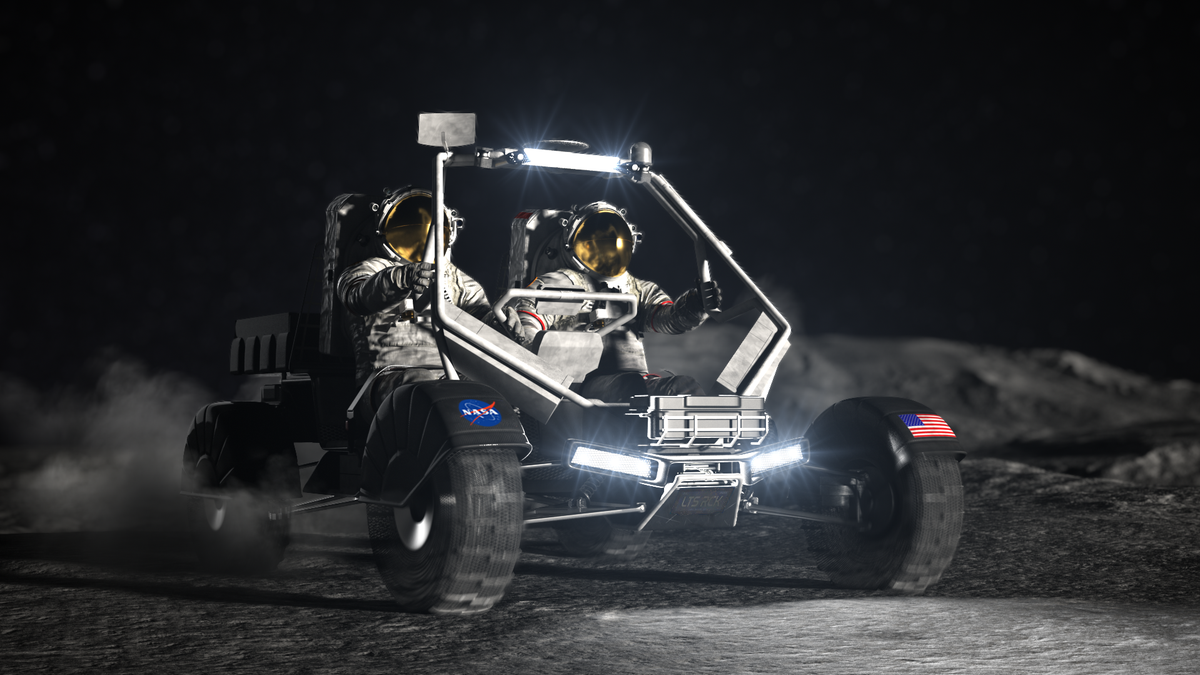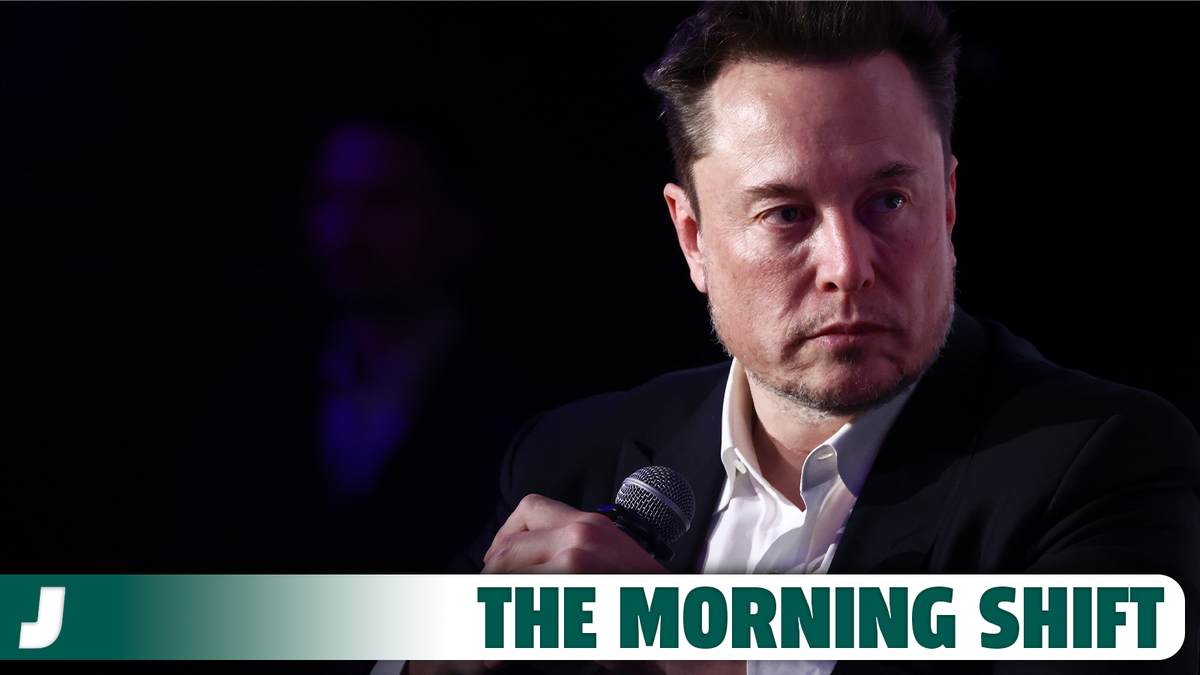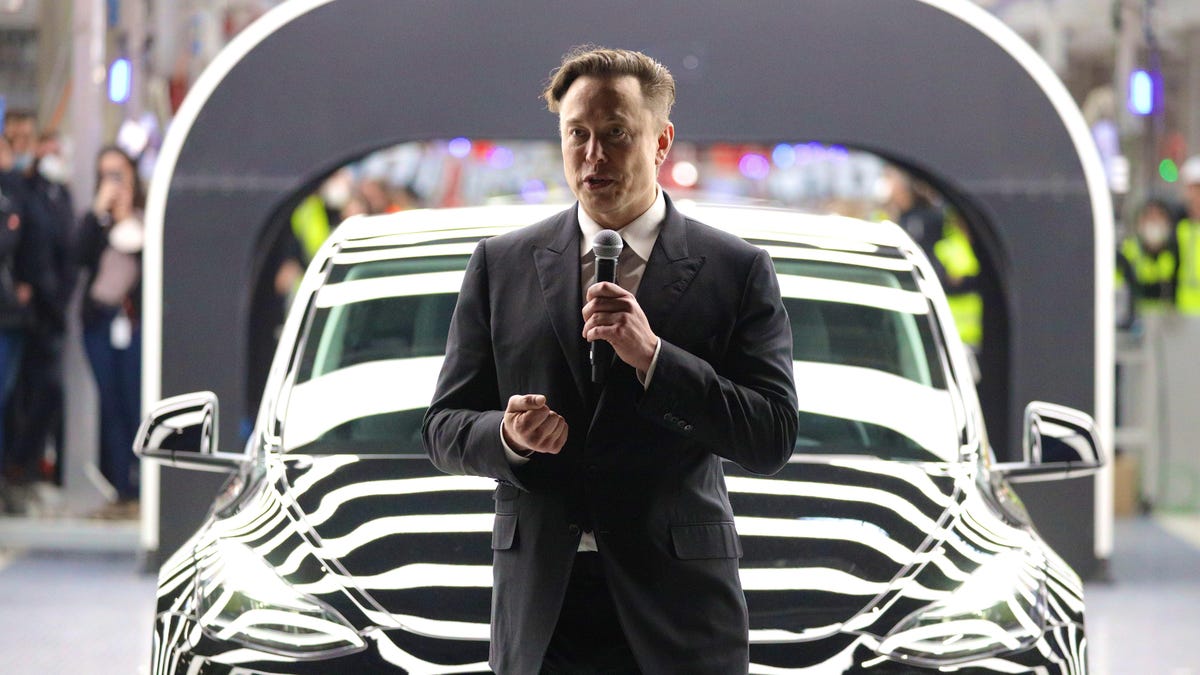Development of Lunar Terrain Vehicle for Artemis Missions
A trio of commercial space ventures has been selected by NASA to design a lunar terrain vehicle for the upcoming Artemis missions to the Moon. The purpose of this vehicle is to assist astronauts in exploring the south polar region as part of humanity’s return to Earth’s natural satellite.
Selection of Commercial Space Ventures
NASA has awarded task orders to Intuitive Machines, Lunar Outpost, and Venturi Astrolab for the development of the Artemis vehicles. The combined maximum potential value of these task orders is $4.6 billion. These vehicles, referred to as the lunar terrain vehicle (LTV), are set to be used during the Artemis 5 mission, which is planned for launch in September 2029.
“Think of a hybrid of the Apollo style lunar rover that was driven by our astronauts and an uncrewed mobile science platform,” said Vanessa Wyche, director of NASA’s Johnson Space Center in Houston, during a press briefing. “This will give the crew the capability to travel a distance much farther from their landing sites.”
Autonomous Vehicle Design
Unlike the battery-powered space buggy that Apollo astronauts used to manually explore the Moon’s surface, NASA aims to create a largely autonomous vehicle for the Artemis missions. This new vehicle will have robotic, remote operation capabilities that allow it to explore the Moon independently, even in the absence of astronauts. Additionally, the Artemis lunar terrain vehicle must be able to withstand the extreme conditions at the Moon’s south pole, where NASA plans to focus its upcoming missions.
The south pole of the Moon is of particular interest due to the potential presence of water ice in the permanently shadowed regions. This valuable resource could be utilized by astronauts to establish a future habitat on the lunar surface.
Design and Development Process
Each of the selected companies has been given a year to develop their design proposals for the lunar terrain vehicle. Following this initial phase, NASA will issue a subsequent request for the company or companies that qualify to continue developing the LTV. The winning provider will also be responsible for devising a method to deliver the vehicle to the Moon’s surface.
“We have asked these companies not only to design, develop, and deliver a lunar terrain vehicle but to also get that vehicle to the Moon,” said Lara Kearney, manager of the Extravehicular Activity and Human Surface Mobility Program at NASA Johnson. “As part of their proposals, they propose not only the design of the LTV but also how they launch it.”
Experience of Intuitive Machines
One of the competing companies, Intuitive Machines, has prior experience in successfully landing spacecraft on the Moon. In February, the company achieved a milestone by landing its Odysseus lunar lander on the lunar surface as part of NASA’s Commercial Lunar Payload Services initiative. This accomplishment made Intuitive Machines the first private company to perform a successful soft landing on the Moon.
“I remember about a month ago, I was in this room at a press conference celebrating a successful soft landing on the Moon,” remarked Intuitive Machines CEO Steve Altemus. “And it’s just an exciting next step to put the first critical piece of infrastructure on the surface of the Moon.”
Image/Photo credit: source url





